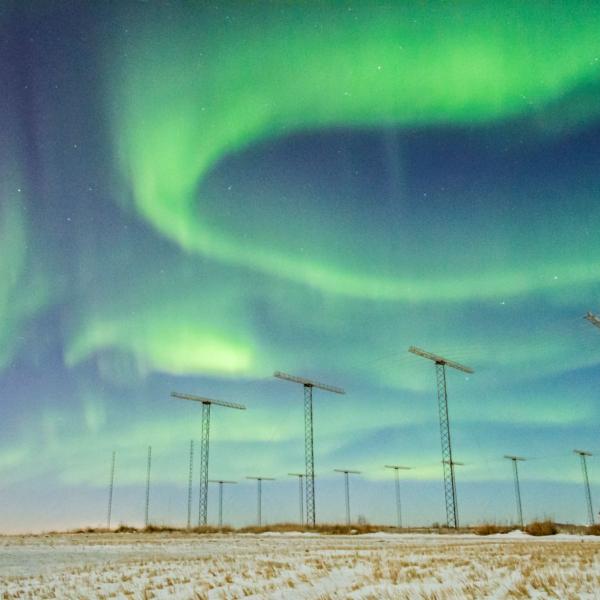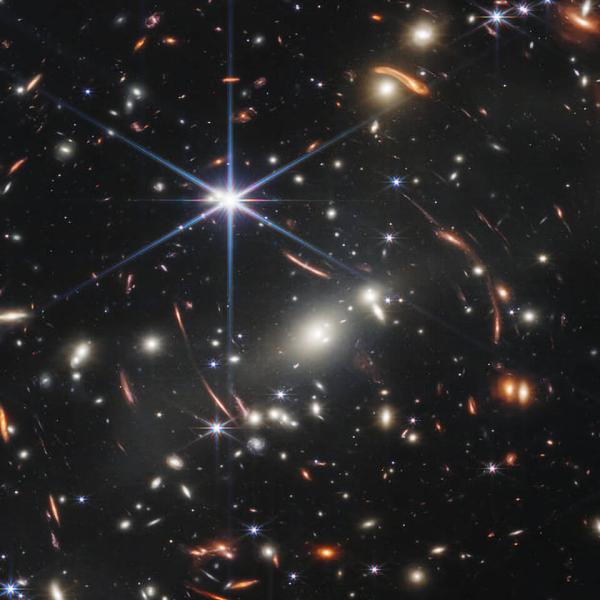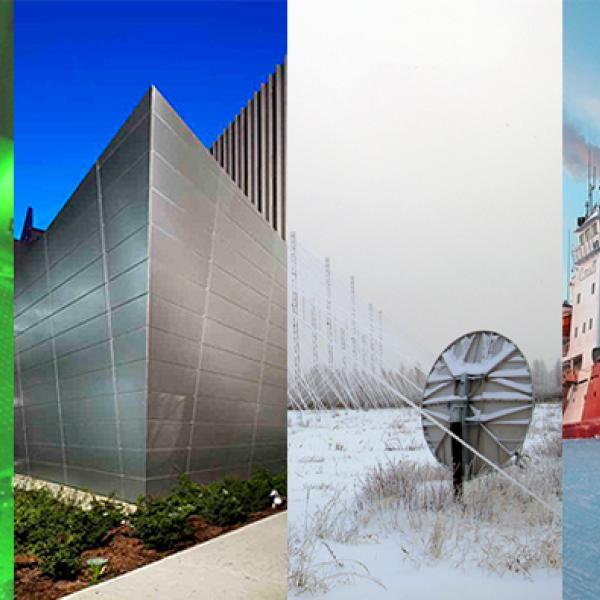Related Stories
Saskatchewan
Securing Canada’s Arctic sovereignty with early warning radar tech
How a research project designed to study aurora borealis is set to transform Canada’s Arctic surveillance capability
Quebec
How Canadian research could help determine if we are alone in the universe
The James Webb Space Telescope has a uniquely Canadian invention aboard that, with help from research on the ground, reveals the composition of the atmosphere of planets outside our solar system and their potential to harbour life
Alberta,Ontario,Quebec,Saskatchewan
Major league science
A compilation of nine unique research facilities that are helping to ensure Canada remains a world leader in research and innovation





